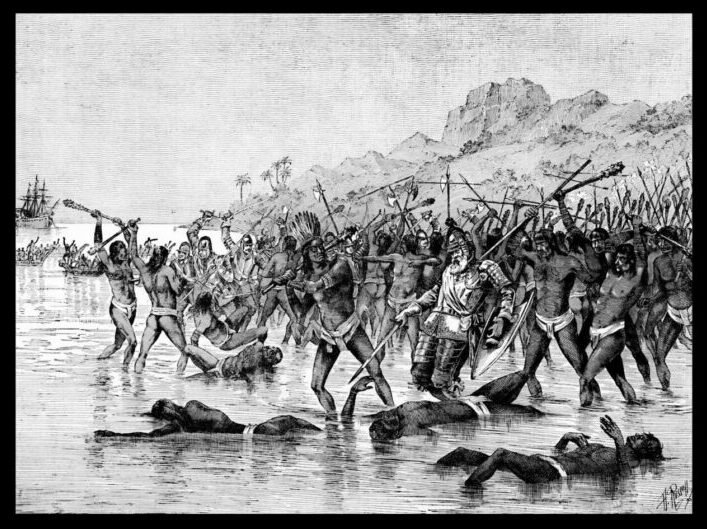Arnis has gained recognition in Southeast Asian and World Martial Arts Games, proving it is not just a practical self-defense system but also an evolving combat sport.
As more countries adopt Arnis in competition, it ensures that the art continues to grow and thrive internationally, securing its place in martial arts history.

